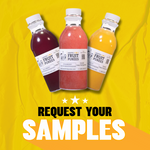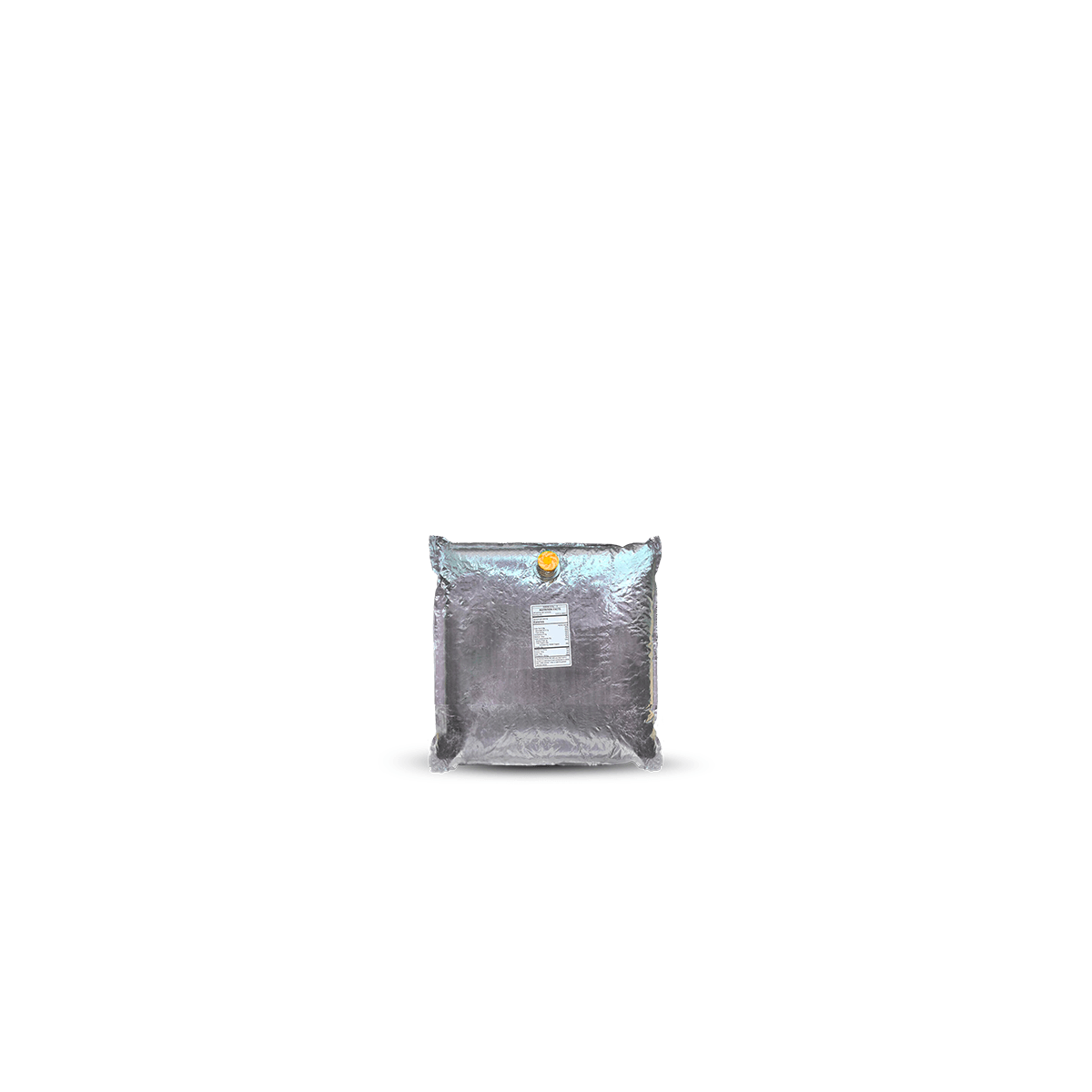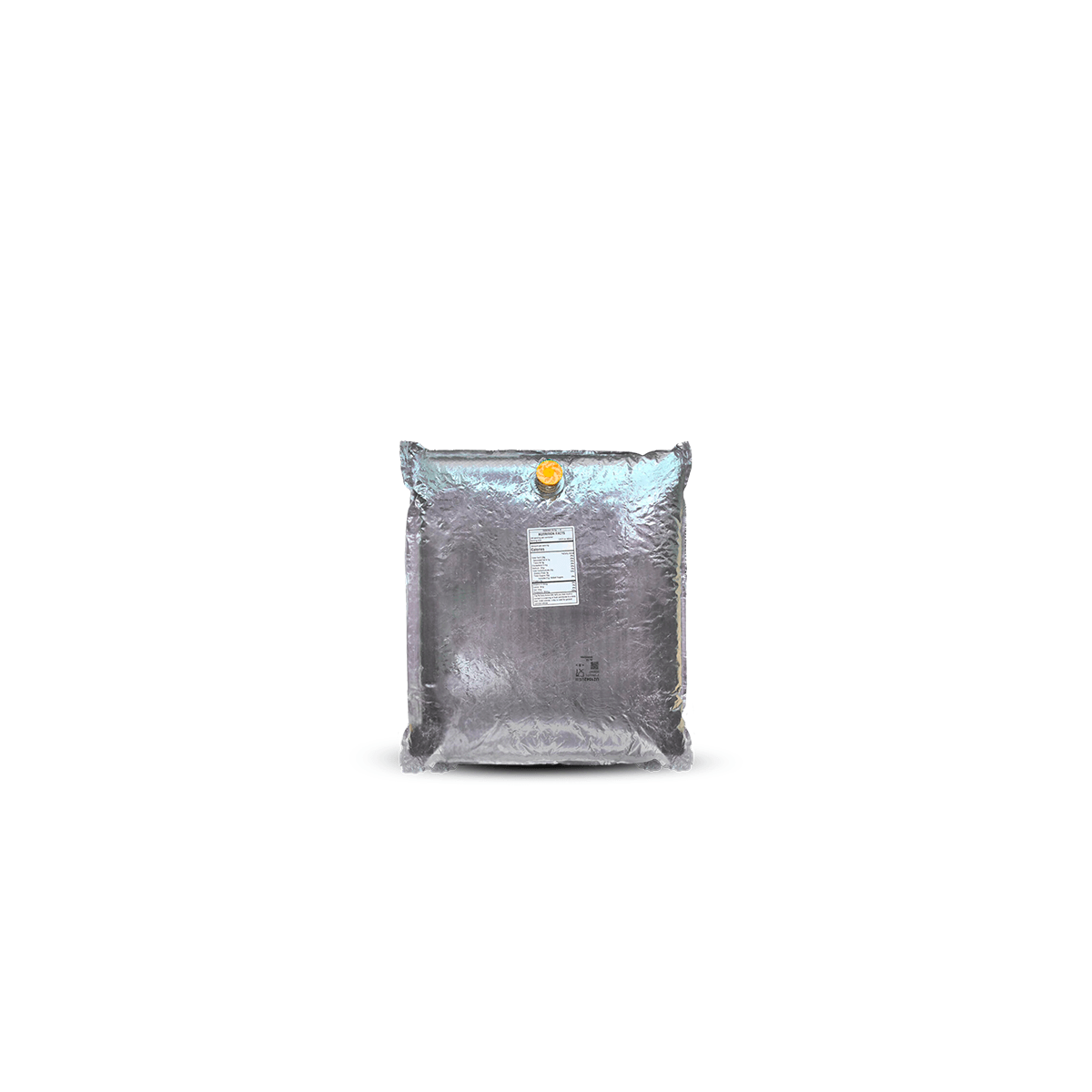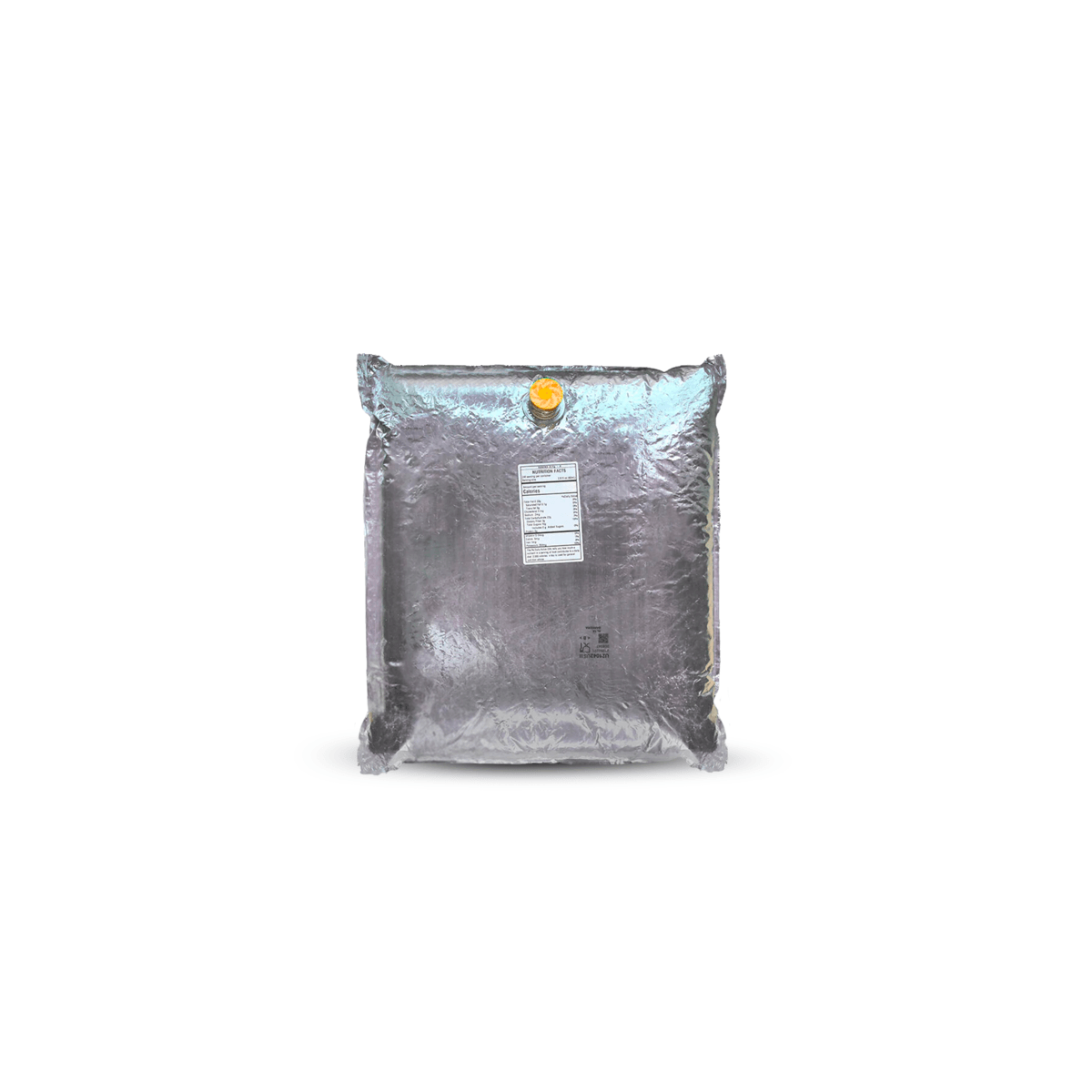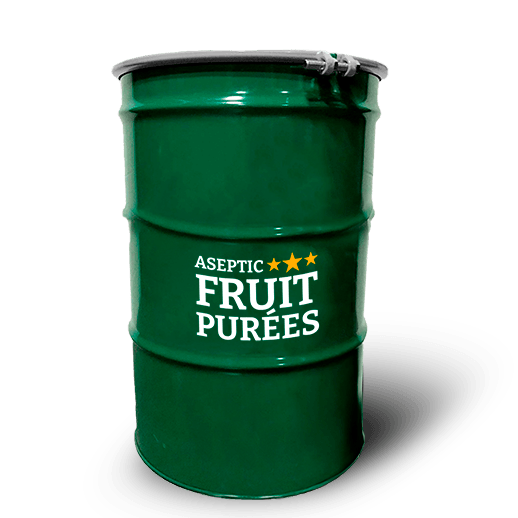Fruit-plant-based yogurt is taking the food industry by storm, meeting the best of both worlds: the health benefits of fruits and the plant-based movement's emphasis on sustainability and innovation. This colorful and flavorful product appeals to a wide array of consumers, from vegan enthusiasts to those seeking healthier dairy-free yogurt alternatives. Its growing popularity underscores substantial opportunity for manufacturers eager to capitalize on current food trends.
Have you ever wondered what makes fruit-infused plant-based yogurt not just a delicious treat but also a game-changer for the dairy alternatives industry?
Key Takeaways
- Natural fruit flavors improve product appeal and customer satisfaction.
- Fruit inclusion increases nutritional value and attracts health-conscious consumers.
- Fruit-purée yogurts offer revenue potential for manufacturers.
- Choosing the right fruit is key to balancing taste, texture, and market preferences.
- Market trends highlight the demand for innovative, dairy-free options, including coconutmilk, oatmilk, and almond milk yogurts.
Benefits of Using Fruit in Plant-Based Yogurt
Incorporating fruit into plant-based yogurt isn’t just about adding flavor or visual appeal—it's a strategic move that significantly boosts a product's marketability. The natural flavor and vibrant colors of fruits enhance a yogurt's appearance and nutritional profile, appealing to consumers who prioritize simple ingredients and clean labels.
Fruits like blueberry, raspberry, and mango can replace artificial sweeteners and flavorings, offering a more wholesome experience. The burst of taste, combined with the presence of probiotics, turns these yogurts into functional foods. With the rise in demand for vegan yogurts, using whole fruit pectin instead of processed thickeners increases consumer trust.
From the tangy flavor of orange to the smooth sweetness of vanilla, fruit-infused dairy-free yogurts are more than snacks—they’re health-forward choices. Real fruits also add dietary fiber, color, and important micronutrients like vitamin C and antioxidants, which enhance overall nutrition facts. They are often combined with other bases like coconut cream, almond milk, or cultured coconut milk, all contributing to unique flavor profiles and improved nutrition highlights.
Revenue Boost with Fruit-Purée Yogurts

Manufacturers seeking to improve profitability are turning to fruit-purée yogurts. These premium offerings allow for higher pricing and stronger consumer appeal. Limited-time flavors like chipotle cream, strawberry orange, and lemon-lavender drive seasonal sales and increase customer engagement. Brands using high-quality ingredients like pure vanilla extract, coconut oil, or even macadamia nut butter create products that resonate with health-conscious consumers.
Offering unique, gourmet-inspired yogurt options also encourages taste tests and loyalty. Brands that incorporate fruit with vanilla, chocolate, or exotic spices can also target the indulgence segment of the market.
Data-Driven Growth
|
Product Type |
Flavor Innovation |
Revenue Impact |
|
Greek Yogurt |
Mango-Passion Fruit Swirl |
+25% |
|
Almond Milk Yogurt |
Blood Orange & Guava |
+18% |
|
Coconutmilk Yogurt |
Pineapple-Habanero |
+22% |
|
Frozen Yogurt |
Lemon-Lavender |
+30% |
|
Dairy-Based Desserts |
Blueberry & Cheese Crumble |
+20% |
Sources: Mintel, Technomic, Nielsen, Euromonitor
Collaborating with farms and purée suppliers ensures efficient sourcing while enhancing transparency. At Aseptic Fruit Purées, we offer premium fruit purées ideal for free yogurt alternative production.
Choosing the Best Fruit Options
Fruit selection is key. A well-balanced combination of acidity and sweetness ensures products aren't too tart or overly sugary. Tropical fruits like mango pair beautifully with coconut cream, while banana blends work well in coconut base or almond milk formats.
Local and seasonal fruits support sustainability and appeal to eco-conscious consumers. Organic sourcing and Non-GMO options also build trust.
Manufacturers should evaluate the impact of different yogurts like plain yogurt, greek yogurt, and icelandic yogurt when selecting fruit pairings. For instance, a rich oatmilk base pairs perfectly with berry-forward blends like blueberry or raspberry.
Fruit-Plant-Based Yogurt Recipes

Creative recipes deepen brand loyalty and consumer interaction. DIY content for seasonal blends like a pumpkin-spice coconutmilk yogurt alternative or a tropical summer milk smoothie keeps engagement high.
Recipe-based marketing also supports dietary niches: low in sugar, vegan yogurts, or allergen-friendly formulas. Paired with whole foods and natural sweeteners like stevia, these ideas promote versatile, nutritious snacking.
Encouraging experimentation through content like recipes that blend fruit with granola, vanilla, or even sour cream-style tang can help consumers discover new uses for yogurt as a workout snack or mealtime addition.
🥥 Coconut Yogurt & Raspberry Swirl
Pair coconut yogurt with fresh or pureed raspberry and a touch of unsweetened vanilla for a fruity, creamy breakfast bowl. Top with granola and a drizzle of coconut flavor syrup for a vibrant, dairy-free treat.
🍓 Strawberry Almond Milk Parfait
Layer almond milk yogurt with sliced strawberry, vanilla extract, and fruit pectin for added texture. A spoonful of natural sweeteners like agave or stevia boosts flavor without added cane sugar.
🌴 Tropical Oatmilk Smoothie Bowl
Blend mango, pineapple, and oatmilk yogurt with a scoop of protein for a refreshing milk smoothie. Add shredded coconut, chocolate nibs, or coconut oil for added richness and energy.
🍊 Strawberry Tangerine Coconut Blend
Mix cranberry orange puree into a coconut blend yogurt base with a pinch of cinnamon and ginger. It’s a perfect holiday-themed snack that's both dairy free and delicious.
🍫 Chocolate Vanilla Dessert Cups
Combine coconutmilk yogurt alternative with melted chocolate, vanilla, and a hint of sour cream tang for an indulgent dessert that's plant-based and guilt-free.
Impact of Fruit on Flavor and Texture
Fruit elevates plant-based yogurt by enhancing taste, texture, and nutritional value. The presence of real fruit creates variety—a chewy mango piece or a smooth blueberry purée—that improves the eating experience. This helps differentiate brands from regular yogurt and other generic nondairy yogurts.
The right fruit blend ensures flavor balance, while consistent processing preserves oz container quality. Using natural sweeteners like stevia and minimal cane sugar keeps offerings wholesome and label-friendly.
Textural variety—from creamy coconutmilk to subtly chewy fruit pectin bits—keeps consumers engaged and more likely to repurchase.
Market Trends in Dairy-Free Yogurt Industry
The shift toward nondairy yogurts is driven by health, ethics, and environmental awareness. New products made with almonds, soy milk, macadamia nut butter, and cultured coconut milk are answering the call for diverse, allergen-friendly alternatives.
Flavor exploration is booming, with yogurt alternative innovations like siggi-style icelandic yogurt or silk greek vanilla leading the pack. Emphasis on nutrition facts, general nutrition advice, and authentic sourcing gives brands credibility.
Convenience, functionality, and transparency are shaping the future. Products that are low in sugar, preservatives-free, and made with natural flavor molecules appeal to educated consumers.
Nutritional Value of Fruit-Purée Yogurts
These yogurts bring essential nutrients with every spoonful. They’re low in fat, support digestion, and deliver a balance of kind of protein and coconut oil for sustainable energy. No sour cream needed!
The natural sweetness from fruit replaces artificial flavors, providing a clean label solution. These options also reduce the need for added sugars, appealing to free yogurt seekers.
With health-driven consumers looking to avoid preservatives, fruit-purée yogurts offer peace of mind and delicious satisfaction.

